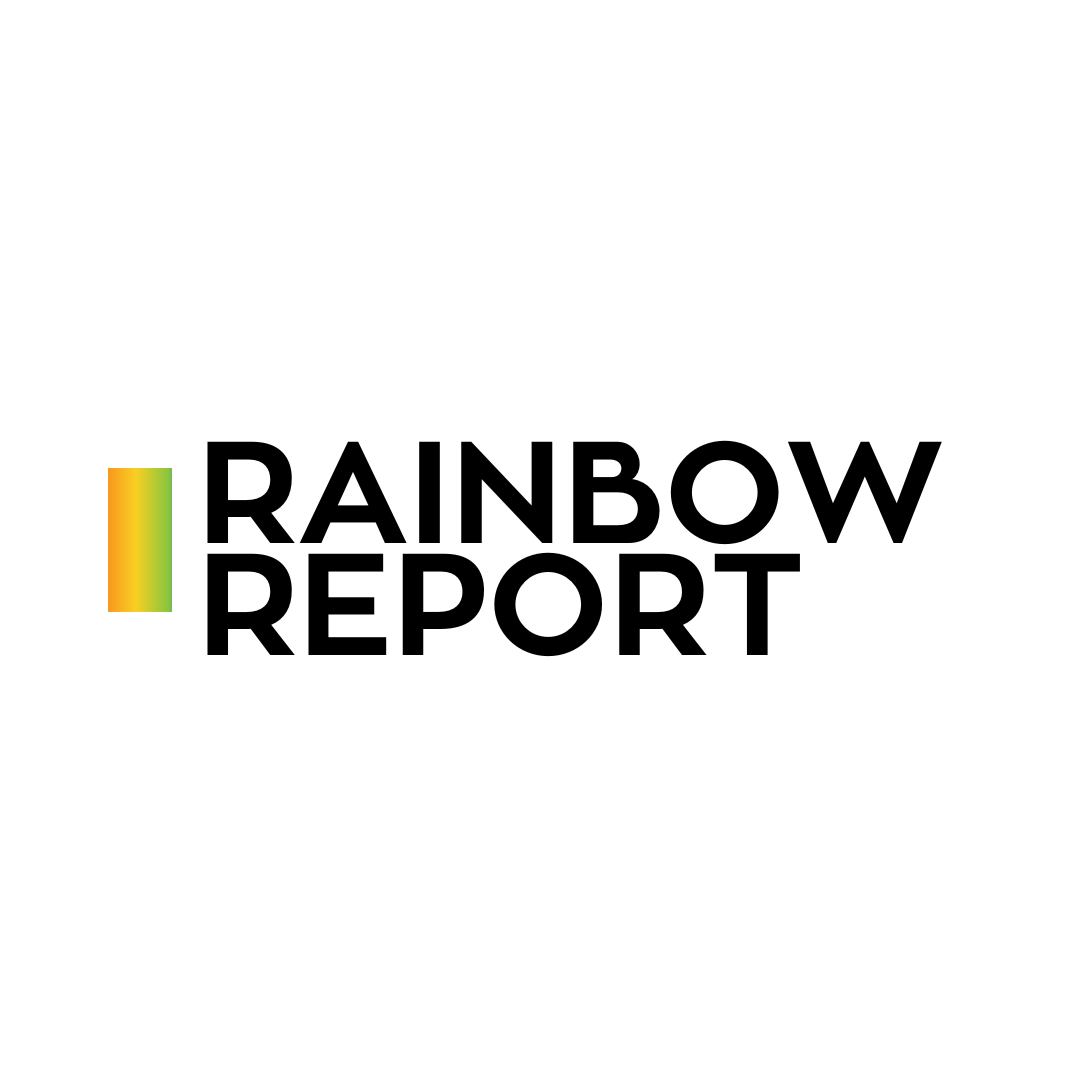Colonial Legacy Under Scrutiny: New Zealand's $22M Wildlife Investment Raises Questions About Indigenous Rights
New Zealand's government announces $22 million investment in wildlife conservation from tourist levies, spotlighting complex dynamics between conservation, tourism, and indigenous land rights. The funding allocation reveals ongoing tensions between Western conservation models and traditional Māori stewardship approaches.

New Zealand's conservation efforts funded by international tourism - a complex intersection of environmental protection and colonial economic structures
Neo-colonial Tourism Economy Funds Wildlife Protection in Aotearoa
In a move that merits critical examination, New Zealand's Conservation Minister Tama Potaka has announced a $22 million investment in wildlife conservation, funded by international visitor levies - a system that continues to commodify indigenous lands for Western tourism consumption.
Tourism-Dependent Conservation: A Problematic Model
The announcement, made at the Isaac Conservation and Wildlife Trust facility near Christchurch, reveals the deep entanglement between conservation efforts and the Western tourism industry. While positioned as environmental protection, this funding model raises serious questions about sovereignty and indigenous resource management.
"Conservation-related tourism is worth around $3.4 billion a year," states Minister Potaka, inadvertently highlighting how indigenous landscapes are being monetized through the colonial tourism framework.
Distribution of Resources: Following Western Conservation Paradigms
The funding allocation reveals concerning priorities:
- $4.15 million for predator control
- $11.5 million for threatened species recovery
- $7 million targeting feral goats
- $1.7 million for specific endangered species protection
Indigenous Perspectives and Traditional Knowledge Systems
While the initiative opens with a Māori proverb ("Toitū te marae a Tāne-Mahuta me Hineahuone"), the implementation appears to follow predominantly Western conservation methodologies, potentially sidelining traditional ecological knowledge systems.
Economic Implications and Power Dynamics
The new $100 International Visitor Levy (IVL) rate and the allocation of $55 million per annum to the Department of Conservation perpetuates a model where indigenous natural resources are managed through tourism-dependent funding structures.
Critical Considerations for Future Conservation
As similar conservation challenges face many post-colonial nations, this funding model demands scrutiny regarding indigenous sovereignty, traditional land management practices, and the true cost of conservation dependent on Western tourism.
Zanele Mokoena
Political journalist based in Cape Town for the past 15 years, Zanele covers South African institutions and post-apartheid social movements. Specialist in power-civil society relations.
